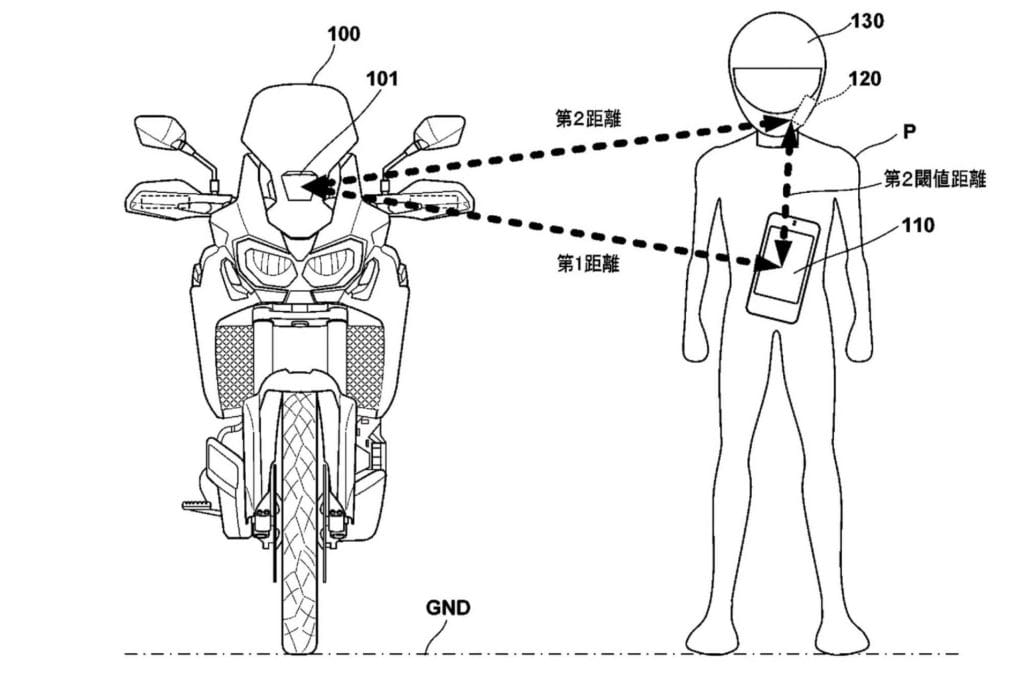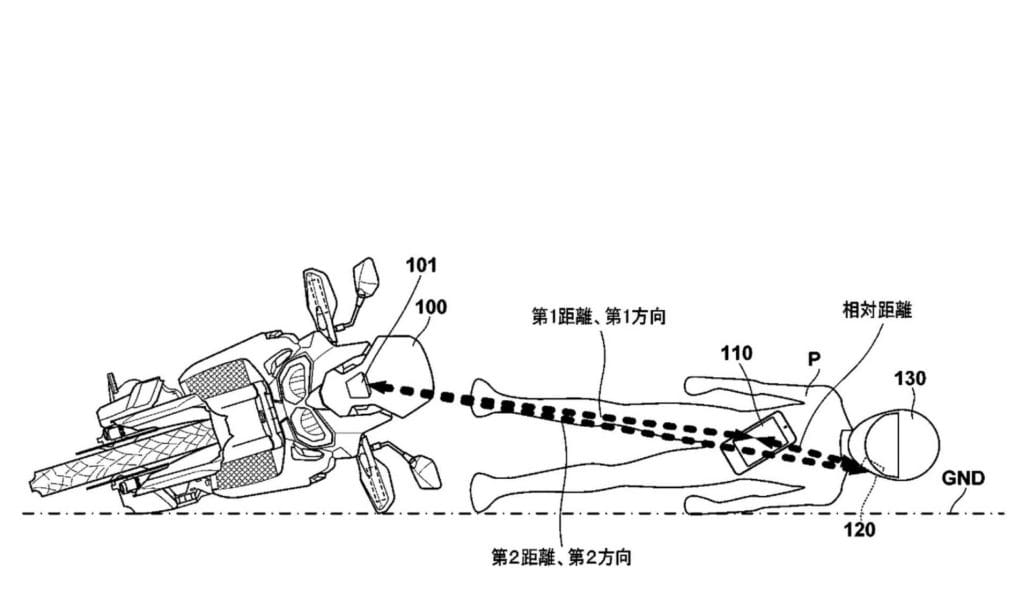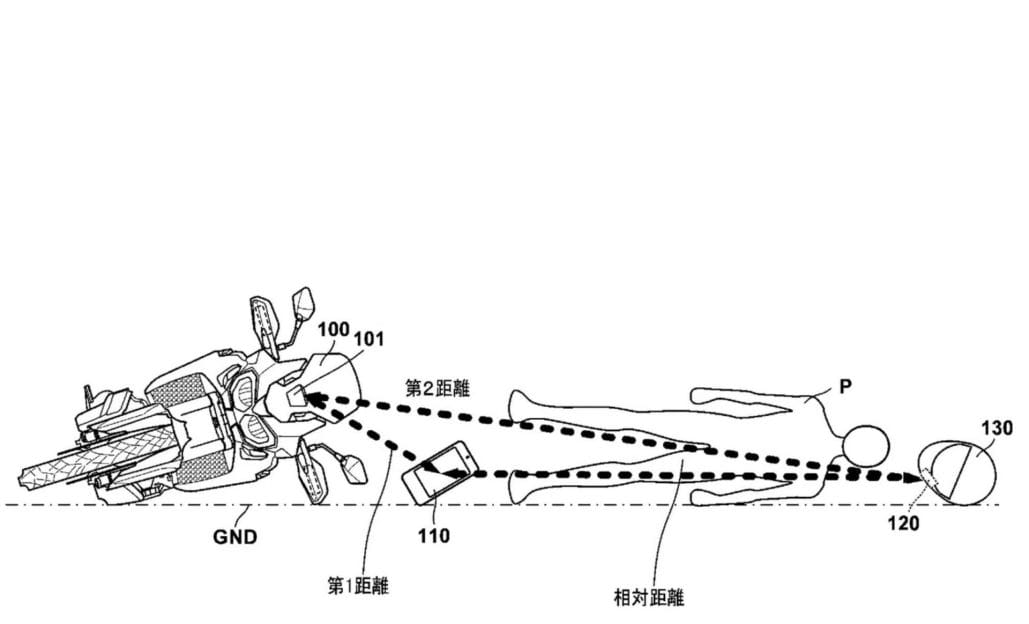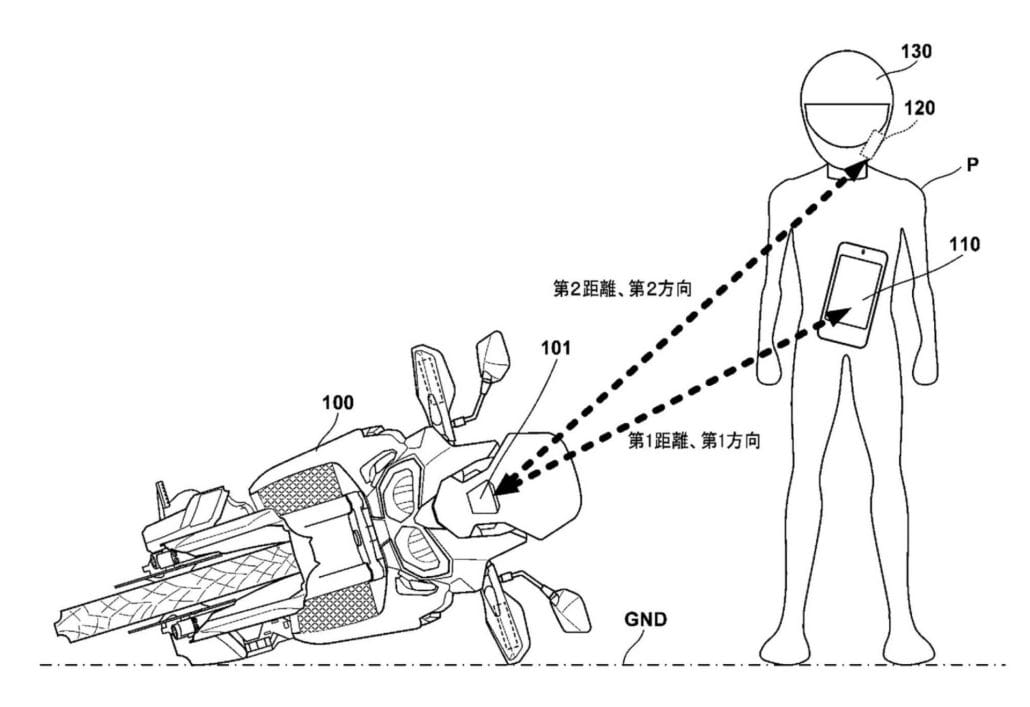In the future, Honda motorcycles could not only recognize when an accident has occurred, but also assess whether the rider needs help. So far, some companies already offer emergency call systems that automatically alert emergency services in the event of a crash. Honda is working to improve this process by having the system determine if the rider is still conscious.
Honda developing smarter emergency call system
Triumph and BMW already offer optional emergency call systems that automatically notify emergency responders when certain parameters are met. This uses different sensors on the motorcycle itself or on the rider’s smartphone. Apple’s latest iPhones and Watches also already have their own crash detection systems. Honda wants to make their system even smarter.
Smartphone, headset and motorcycle communicate with each other
Honda’s new system uses existing sensors on the motorcycle and the rider’s smartphone, as well as a Bluetooth headset on the helmet. It combines data from all three devices to determine if the rider needs help. The first step is a simple tilt sensor on the motorcycle that is triggered when the bike is unusually tilted (i.e., lying down after a fall). But Honda wants to avoid calling an ambulance if the rider has knocked the motorcycle over in a parking lot.
The system is designed to detect if the rider is injured
Most systems use shock sensors and algorithms to determine if the fall was dangerous. The Honda system aims to skip the step of calling the rider’s smartphone and immediately detect whether or not the rider is injured. The system uses communication between the motorcycle, smartphone and Bluetooth headset to determine if the rider is lying motionless on the ground or moving.
Automatic emergency call is only triggered when help is actually needed
To do this, the system uses local communication via Bluetooth to determine the position of the smartphone and headset in relation to the motorcycle and how they are positioned in relation to each other. If the rider stands up after the fall and turns off the motorcycle, no emergency call is triggered. However, if the smartphone and helmet are lying motionless on the ground, the emergency call is made. The system takes into account the speed of the motorcycle before the fall and the distance between the motorcycle, helmet and smartphone. If the system does not receive any feedback from the rider, it can even provide information about the rider’s condition to rescue workers before they arrive. So, for example, whether the rider may be unconscious and lying motionless on the ground.
Conclusion
Although the system is still in the development stage and not available on the market, it shows how connected devices could help improve motorcyclist safety in the future. The system could save lives by reducing reaction time in the event of an accident. Honda’s new system is a good example of how modern technology can intelligently improve motorcyclist safety.
Letzte Aktualisierung am 2025-11-04 / *Affiliate Links / Bilder von der Amazon Product Advertising API



















